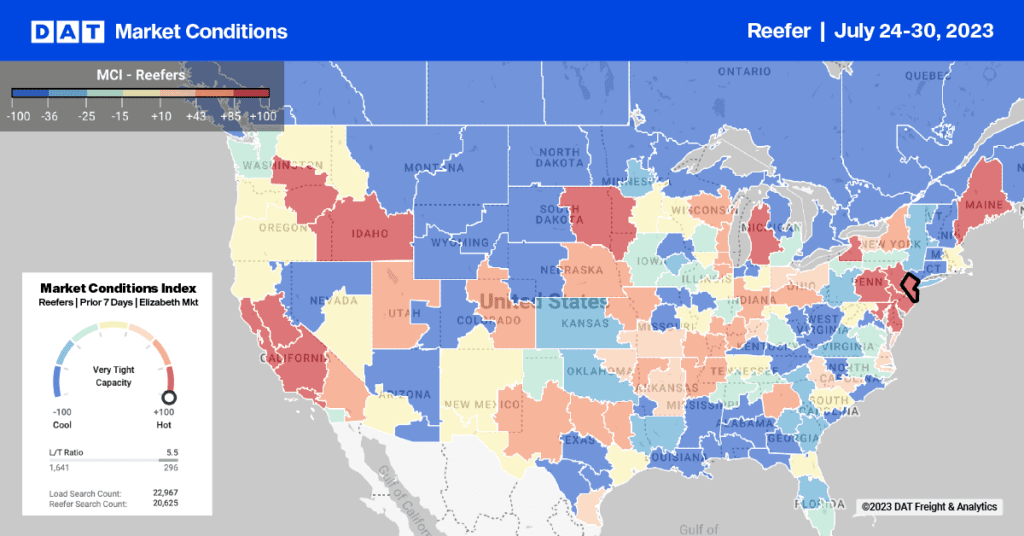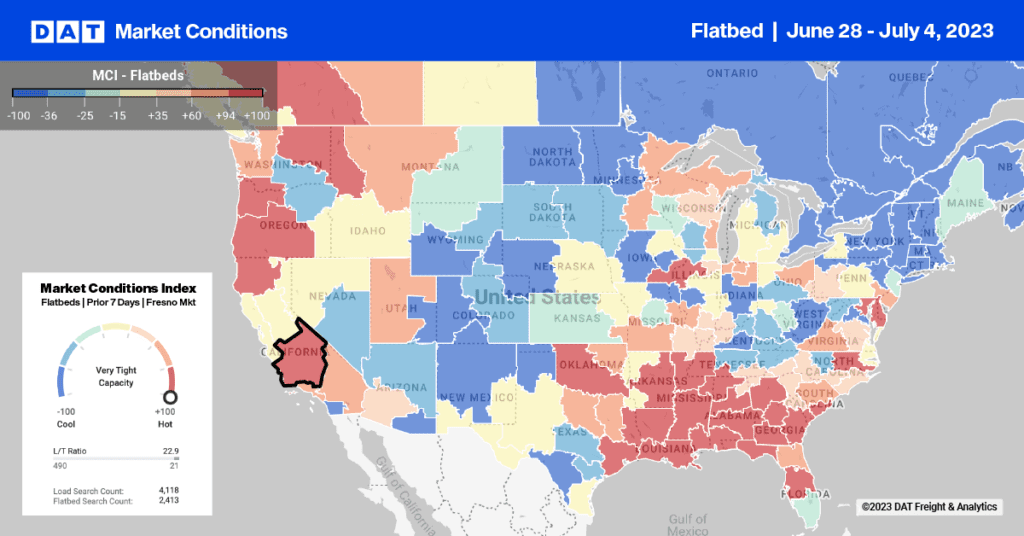Fuel prices rose 6.3 cents last week to $4.09 per gallon or higher in many regions, a 27-cent increase compared to last year at this time. Flatbed carriers are hardest hit, with a five-cent increase per mile compared to August 2011. The fuel surcharge can offset some of the impact of price increases, but when diesel rises so rapidly, carriers can still get stuck with a cash flow problem.

That’s because carriers typically get paid at least 30 days after they bought and used the fuel, and the payment they receive today is based on the rate and surcharge that were correct at the time of the haul. Unfortunately, they can’t fill the tank today at last month prices, so they are always behind the curve. If the carrier has above-average mileage or an especially generous contract, this might not have such a big impact, but small fleets and owner-operators can really feel the pinch when prices rise at the pump.
When fuel surcharges are removed, national average rates rose by less than one percent for vans and remained unchanged for flatbeds and reefers. The appearance of rate stability is a bit deceptive, however. In all three cases, there was a lot of churn in individual markets and lanes, with rates rising and falling to create an average that looked like equilibrium. Part of the churn was due to rising fuel prices, but there was also a seasonal element. August is a changeable month in trucking, as summer wanes and the back-to-school season is in full bloom.


